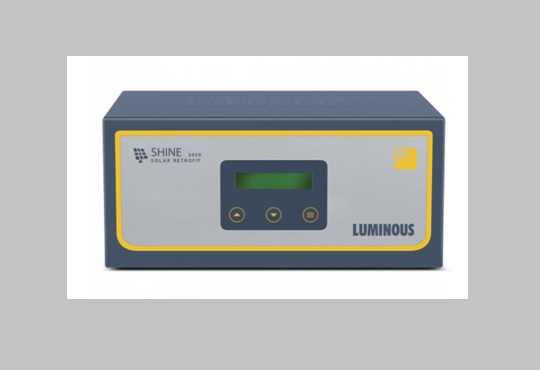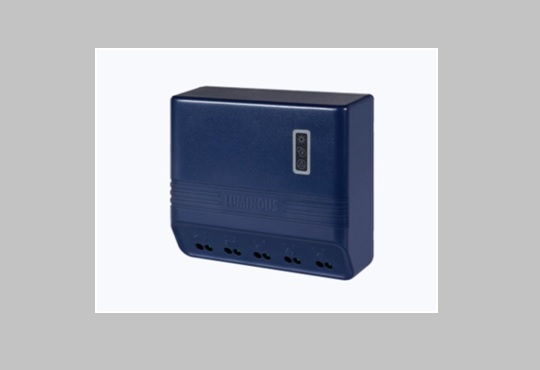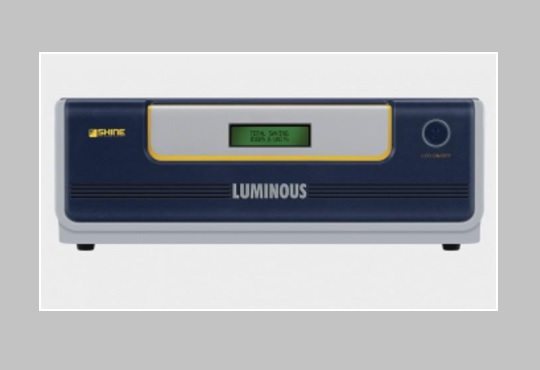Solar Controller Vs Retrofit- Which One Is Best For You?
cioreviewindia Team | Tuesday, 24 August 2021, 05:19 IST
 Solar systems have been among the most popular source of generating renewable energy in our country ever since there’s been an increase in environmental awareness. And especially considering the rising needs for energy, it’s necessary to deploy a reliable solar system to combat issues such as climate change and global warming.
Solar systems have been among the most popular source of generating renewable energy in our country ever since there’s been an increase in environmental awareness. And especially considering the rising needs for energy, it’s necessary to deploy a reliable solar system to combat issues such as climate change and global warming.
Solar power systems have become extremely popular in the Indian market, as it provides a more clean, green, and independent method of generating electricity for appliances. So, how does solar energy works?
Solar power systems convert sunlight into electricity to provide power supply to our homes and workplaces and various other personal, commercial and industrial uses.
While switching from traditional energy sources to solar energy, only two things are necessarily required – an initial investment in a solar power system and some measured rooftop space. If these two factors are accessible and available to you, it is extremely easy to install a solar power system in your home.
What are Solar Charge Controllers?
A solar charge controller, or a solar controller, is a regulator which keeps the solar batteries from overcharging. Generally, a battery comes with a voltage capacity rating, and surpassing that voltage causes permanent damage to a battery damage, resulting in loss of functionality over the course of time. This is exactly where solar charge controllers function as a gate for the battery system by preventing overloads to damage the unit. However, before you invest in a solar controller, you must know about the different types that are available.
Mainly, you will find two different types of solar controllers – PWM (pulse width modulation) and MPPT (maximum power point trackers) solar controllers.
- PWM controllers are more simple and pocket friendly in nature. These are directly connected from the solar panels to the battery and operate on a ‘rapid switch’. PWM solar charge controllers work best for lesser voltages like a 12v capacity with just one or two solar panels.
- MPPT solar controllers are more advanced with a higher capacity and voltage resistance. These chargers enable the solar panel to reach its maximum power output. Additionally, they tend to be 30% more efficient with their continuous monitoring of voltages.
Solar Controllers Vs Retrofit
Solar charge controllers or solar controllers essentially maintain the capacity and movement of electricity through a solar system. This makes them one of the most essential items of a household. Now, you may ask, what is a retrofit? Well, a retrofit is a tool used to convert your existing power system into a solar power system and prevent reverse movement of energy.
Let’s further compare the features of a solar controller and a retrofit.
Solar Controllers

- Solar controllers charge batteries from the solar panels without allowing them to overcharge.
- In situations with low light, fog, or at night, it prevents reverse current flow from the battery to the panel.
- Provide protection from over-voltage and over-current to batteries.
- Help in protecting the batteries from deep discharge state
- Equipped with a built-in LVD (low voltage disconnect).
Retrofits

- Pocket-friendly solution.
- Easy option to upgrade a pre-existing power backup system.
- Equipped to provide protection against reverse flow of current, short-circuit, and deep discharge.
- Prevents overcharging.
- Provides flexibility to use any kind of battery.
Here’s a tabular representation of the most common differences between solar charge controllers and retrofits:
|
Charge Controllers |
Retrofits |
|---|---|
|
Helps in running DC appliances |
Helps in running AC appliances |
|
Cannot be connected with normal inverter |
Can be connected with normal inverter |
|
Used in rural areas |
Used in semi-urban or urban areas |
While a solar controller and a retrofit may seem similar, however, they have many distinctive features. So, if you are planning to invest in either, it is best to do your research and determine which one suits your requirements the best.
While you are at it, you can also approach brands like Luminous. They provide a range of solar controllers and retrofits to match every homeowner’s needs. Besides, you can also take the help of their expert professionals to find the most economical solution for your home and get started towards a more eco-friendly lifestyle.




